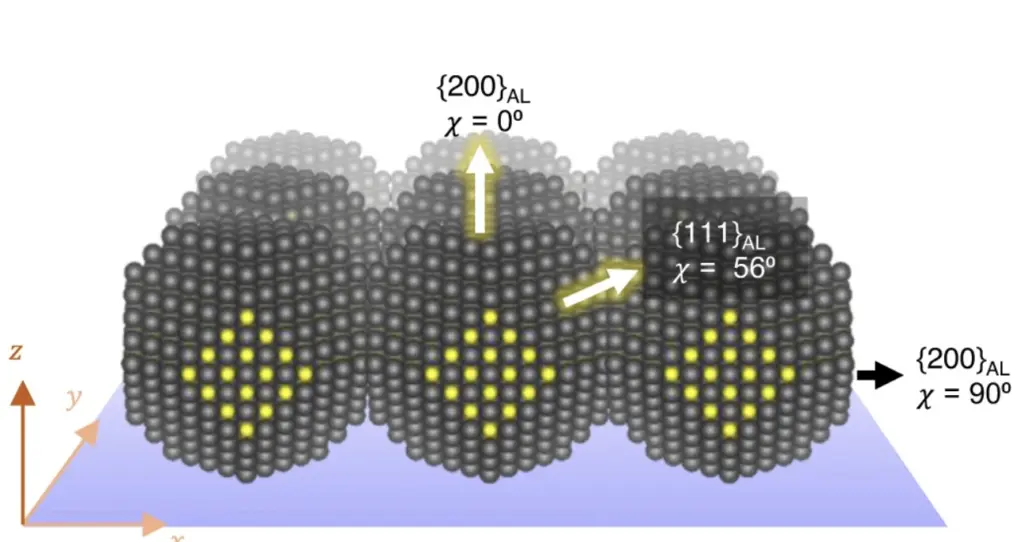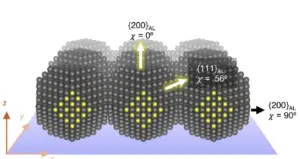One of the challenges with quantum dots (QDs) is that they are typically poor conductors of electricity, primarily due to the way that the quantum dots arrange themselves when they’re grouped together. This limits their full potential in certain applications, for example, creating bright yet energy-efficient displays.

Researchers at RIKEN Center, led by Satria Zulkarnaen Bisri and other collaborator,s have been able to overcome this problem. They created a superlattice of quantum dots that behaves like a metal, which is a good conductor of electricity. A superlattice is essentially a layered structure of quantum dots, designed in such a way that they align and connect to each other directly, without any other molecules (ligands) in between. They did this using a type of quantum dot made from a compound called lead sulfide (might want to read about a Canon breakthrough in quantum dot materials that uses lead, too).
Importantly, while becoming highly conductive, the quantum dots in this superlattice still retain their unique properties – like the ability to emit or absorb light of specific colors, thanks to the quantum confinement effect. This is a very important achievement as it means these dots can now be used in applications where both high conductivity and their unique optical properties are needed.
With this breakthrough, the researchers are hopeful that it could lead to vast improvements in the capabilities of quantum dot-based technologies. They expect that it could lead to devices that are more efficient, and even enable new applications all-QD direct electroluminescence devices.
Now, quantum dots have unique optical properties, mainly due to their size-dependent light emission – they can emit light of different colors depending on their size. This feature has made them very attractive for use in display technologies, and as we know, QDs are currently used in some high-end TV displays to enhance color and brightness. However, current QD displays typically use QDs in a secondary role, to convert light emitted by another source (like an OLED) to a different color. In other words, they aren’t directly producing the light via electroluminescence – instead, they’re altering light that’s been produced elsewhere.
An all-QD direct electroluminescence device would be different. Here, the QDs would be used to directly produce the light via electroluminescence, in response to an electric current. If successful, this could potentially lead to displays with even better color accuracy, brightness, and efficiency compared to those currently available.
Reference
Septianto, R.D., Miranti, R., Kikitsu, T. et al. Enabling metallic behaviour in two-dimensional superlattice of semiconductor colloidal quantum dots. Nat Commun 14, 2670 (2023). https://doi.org/10.1038/s41467-023-38216-y

